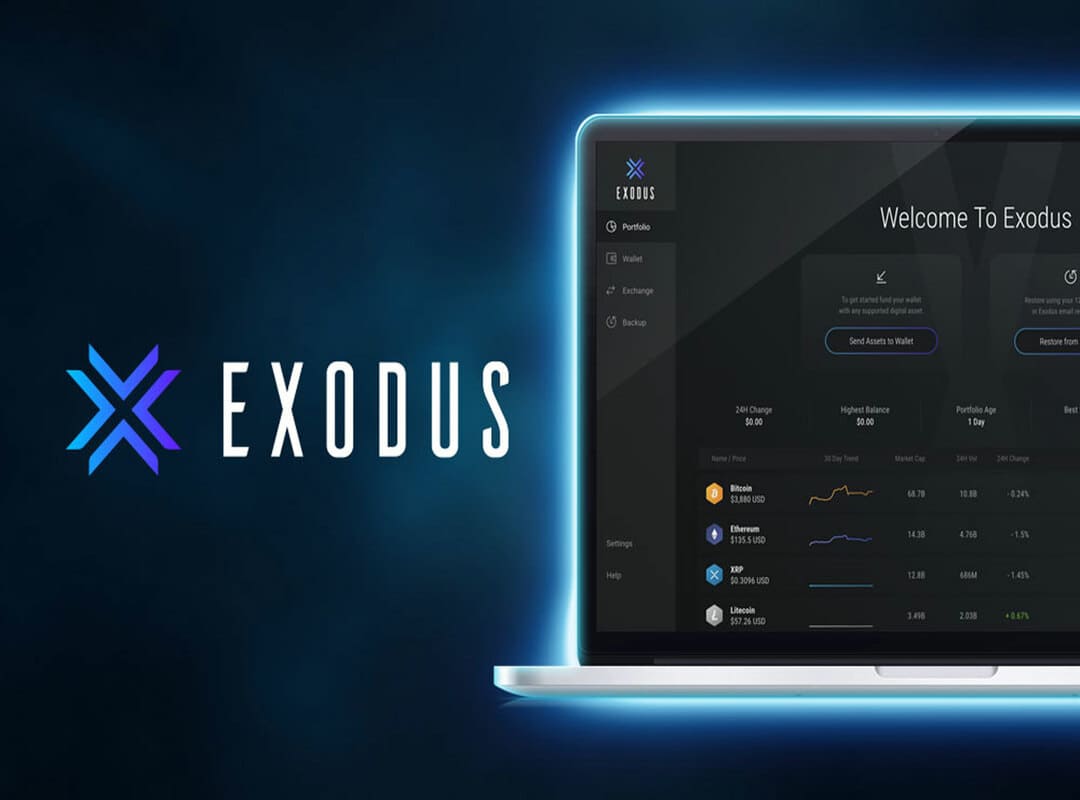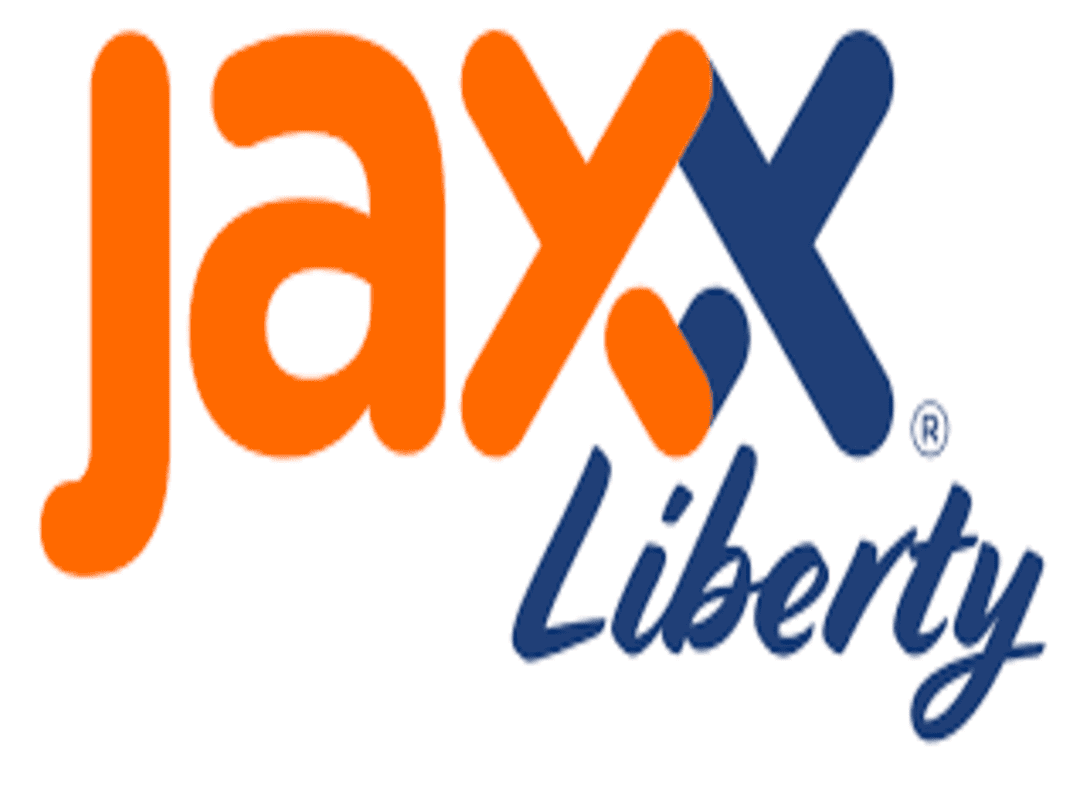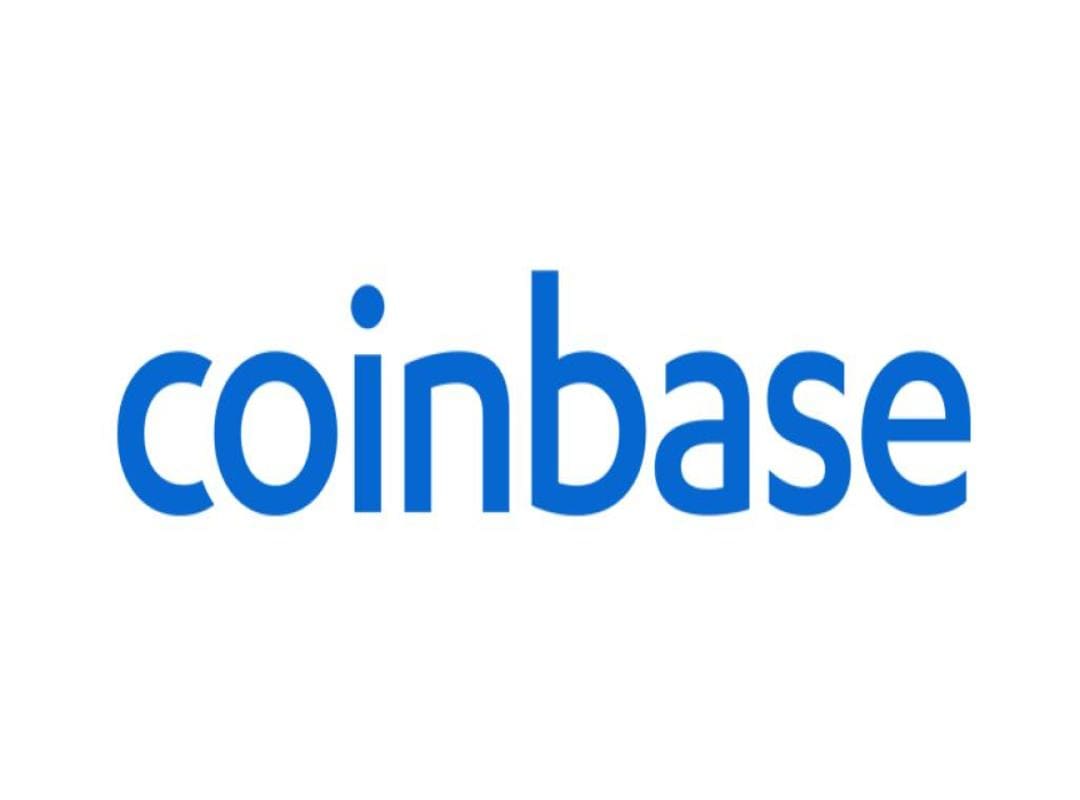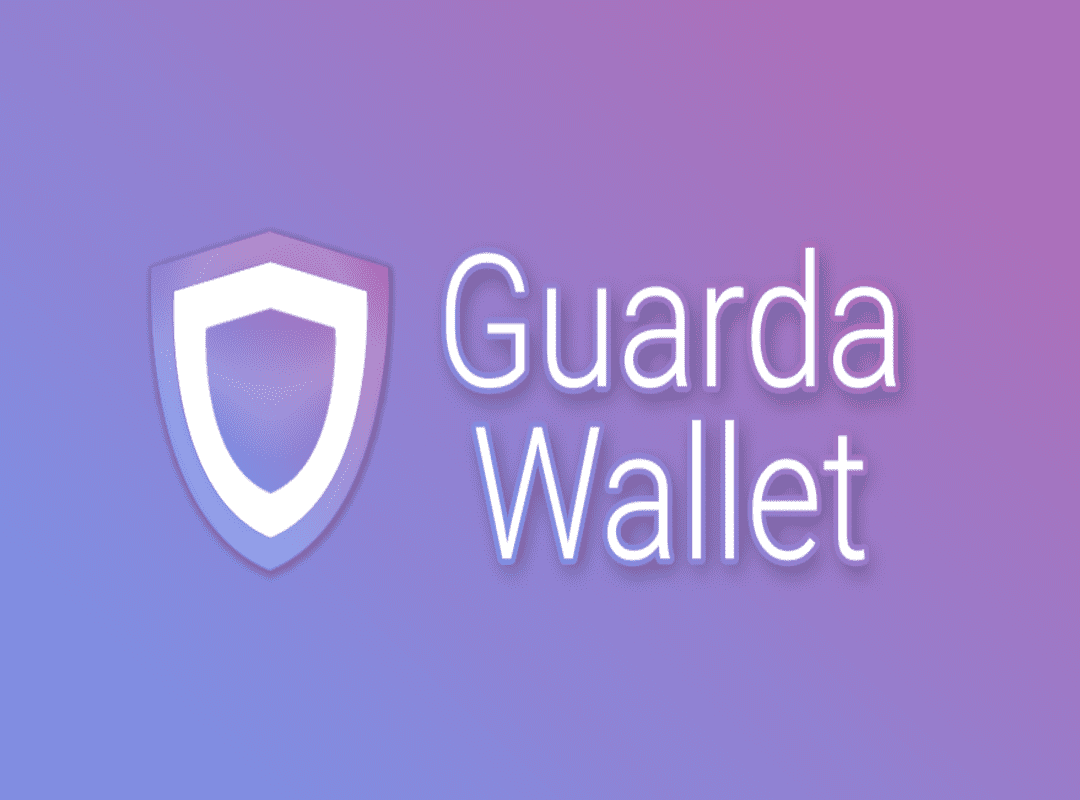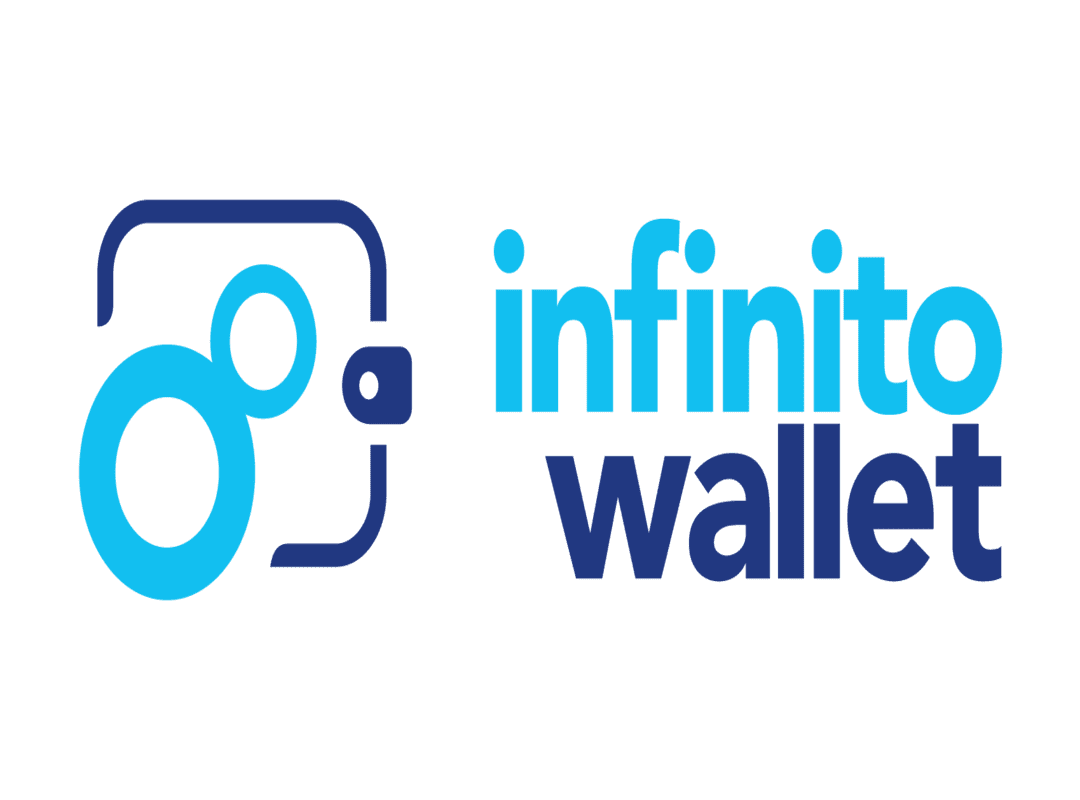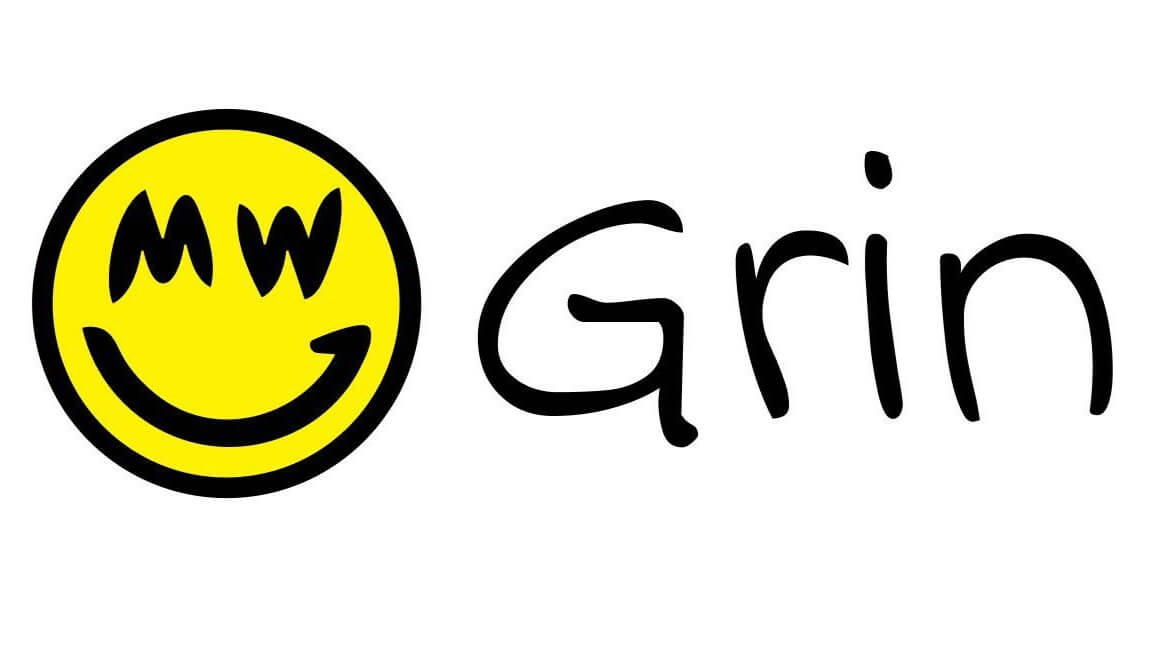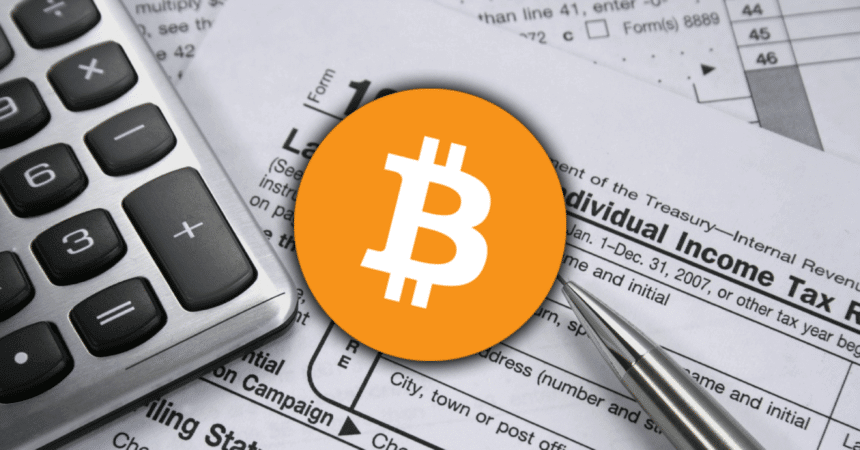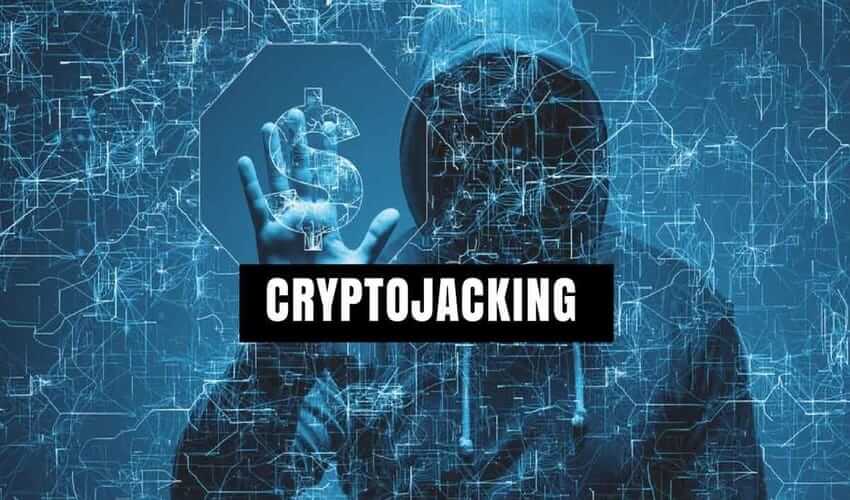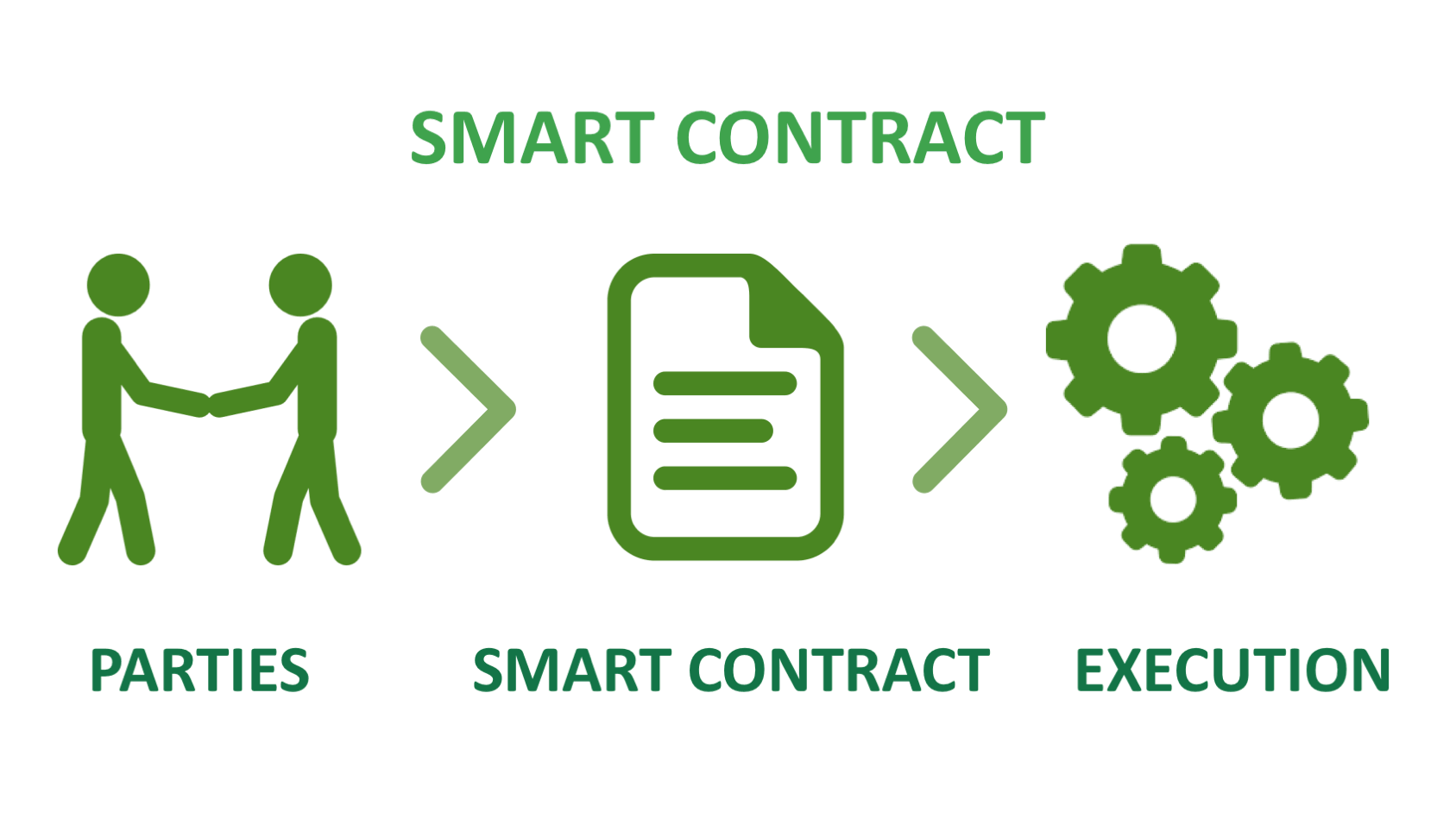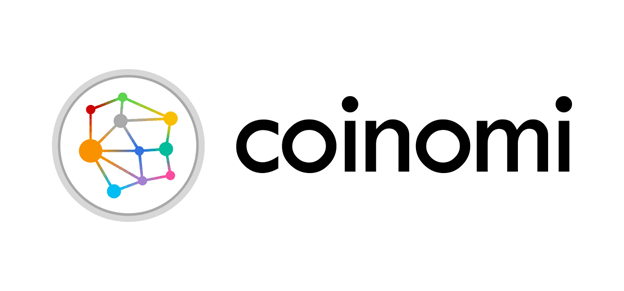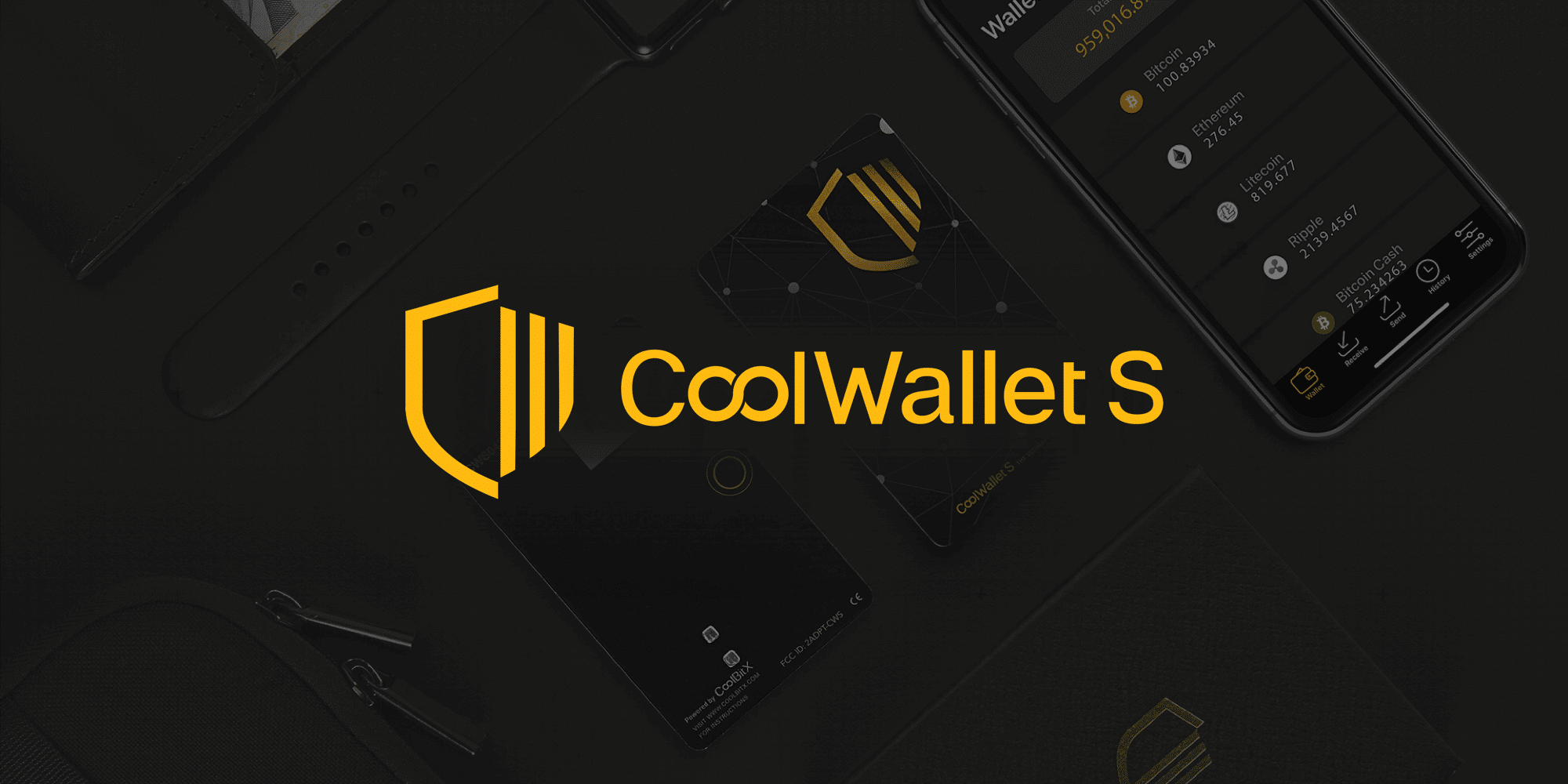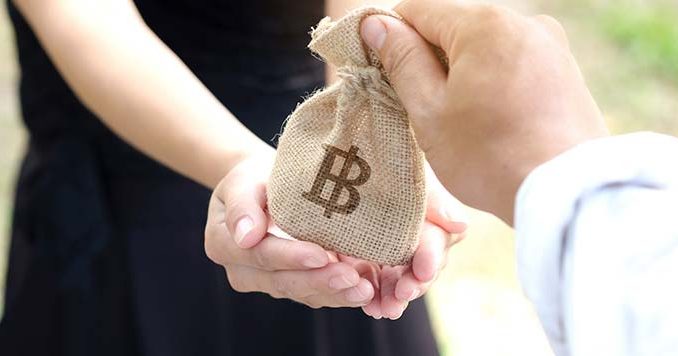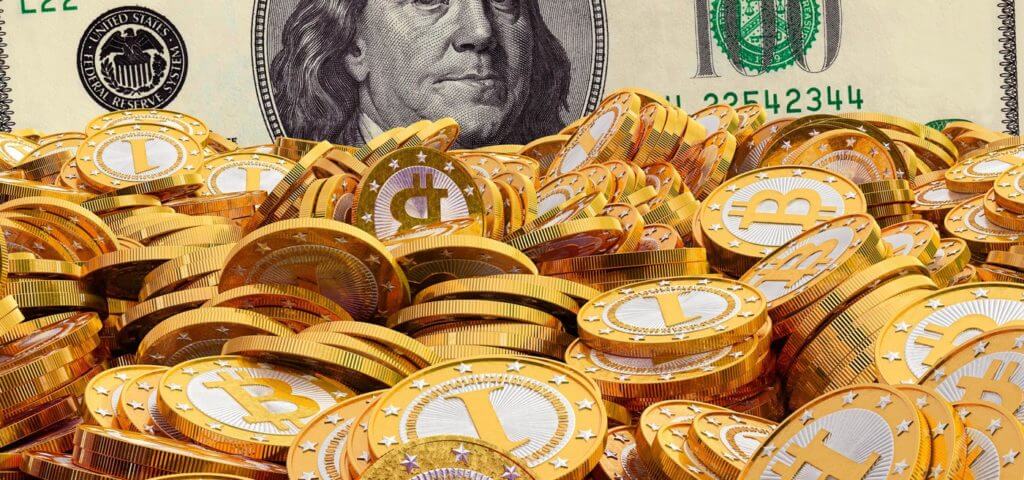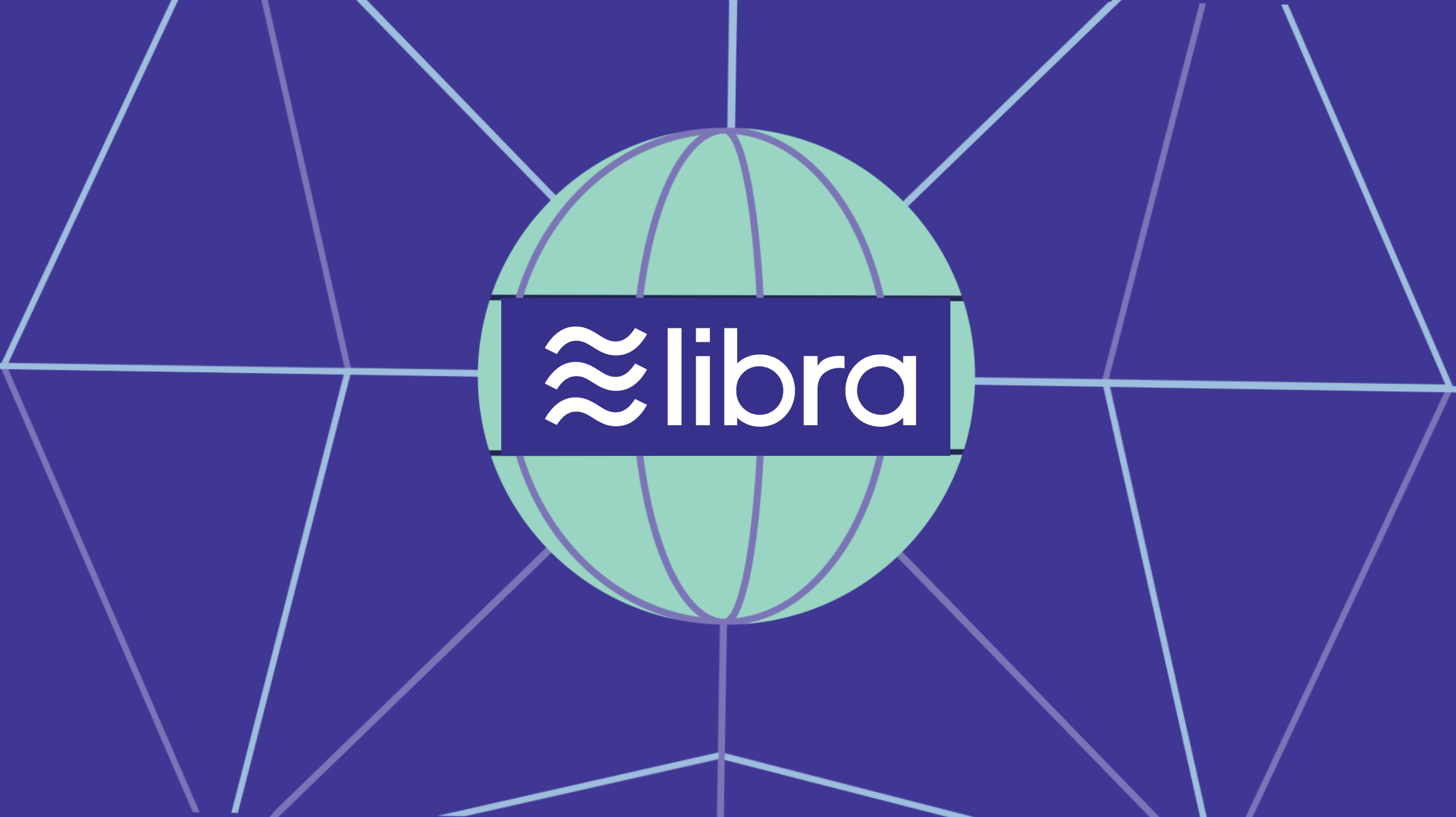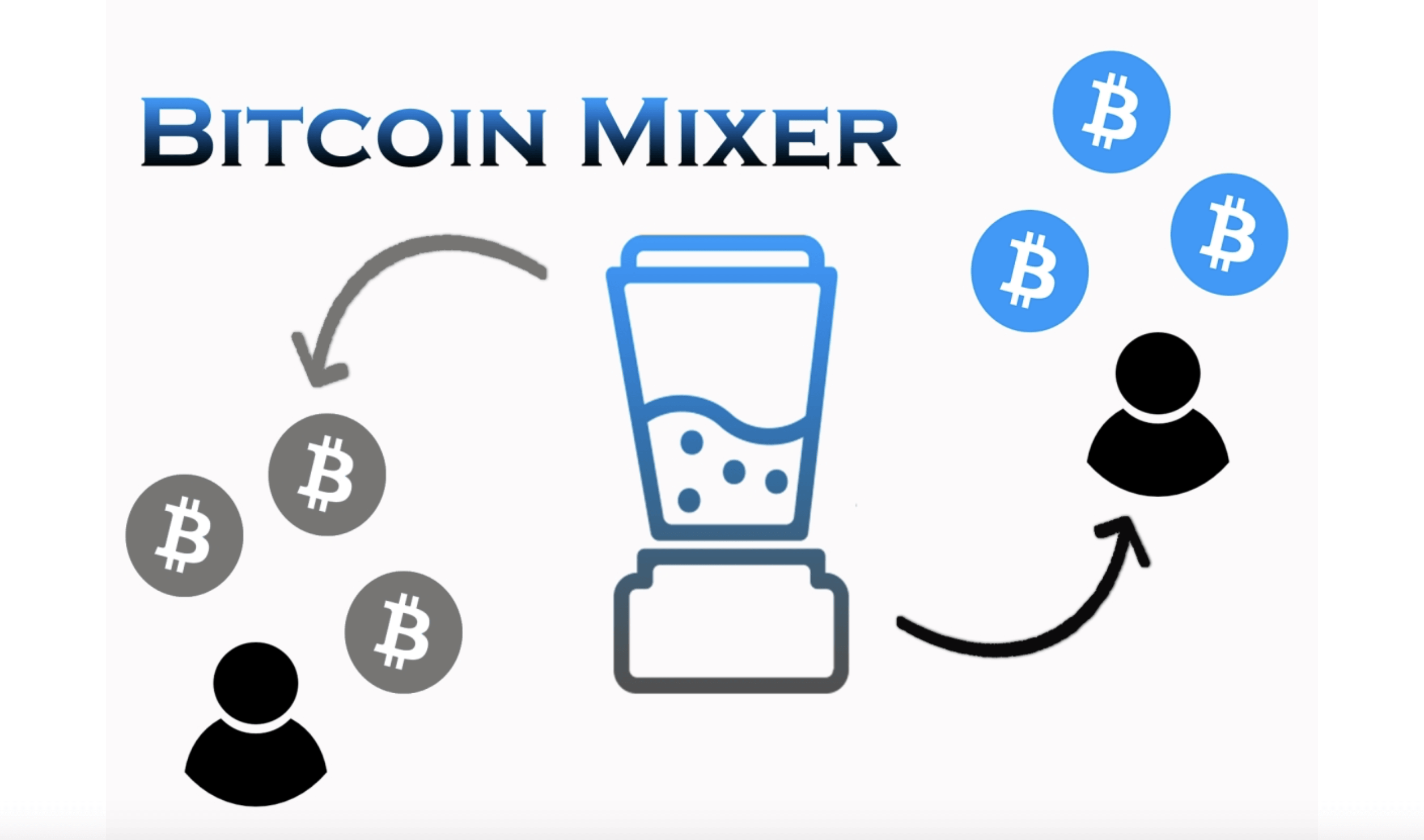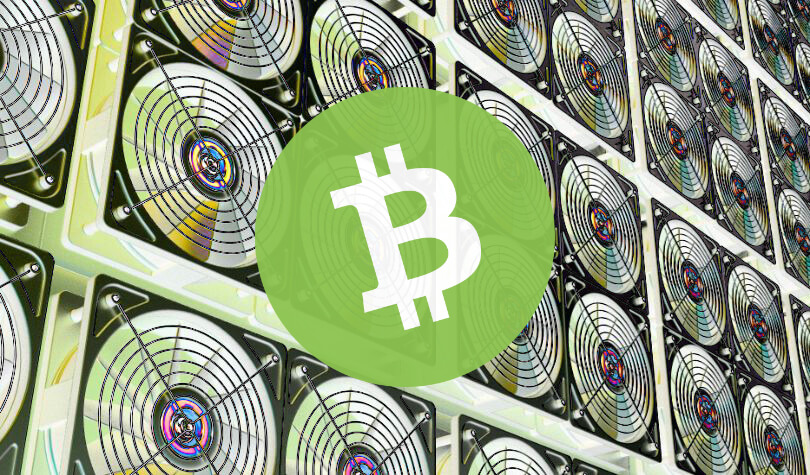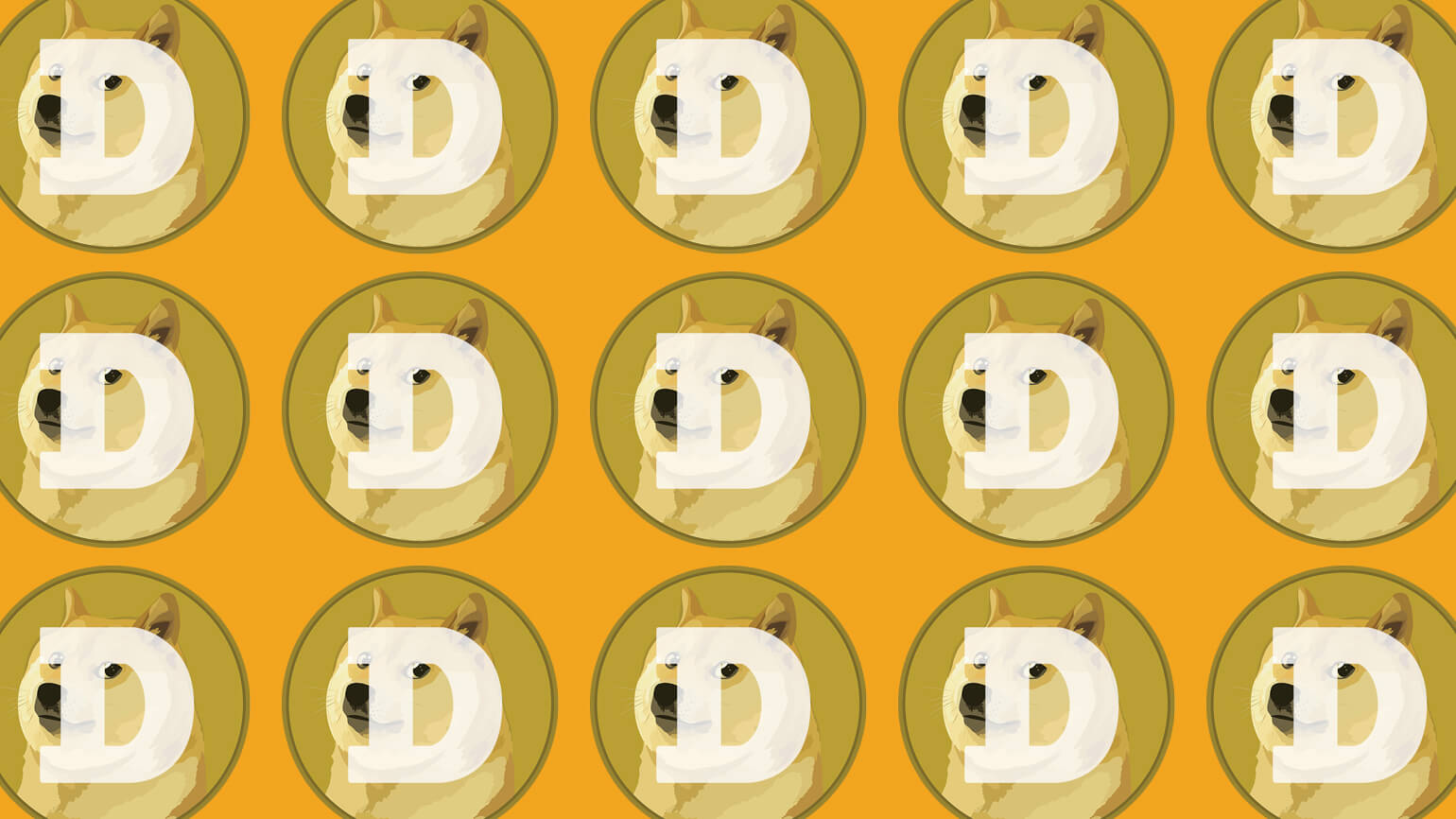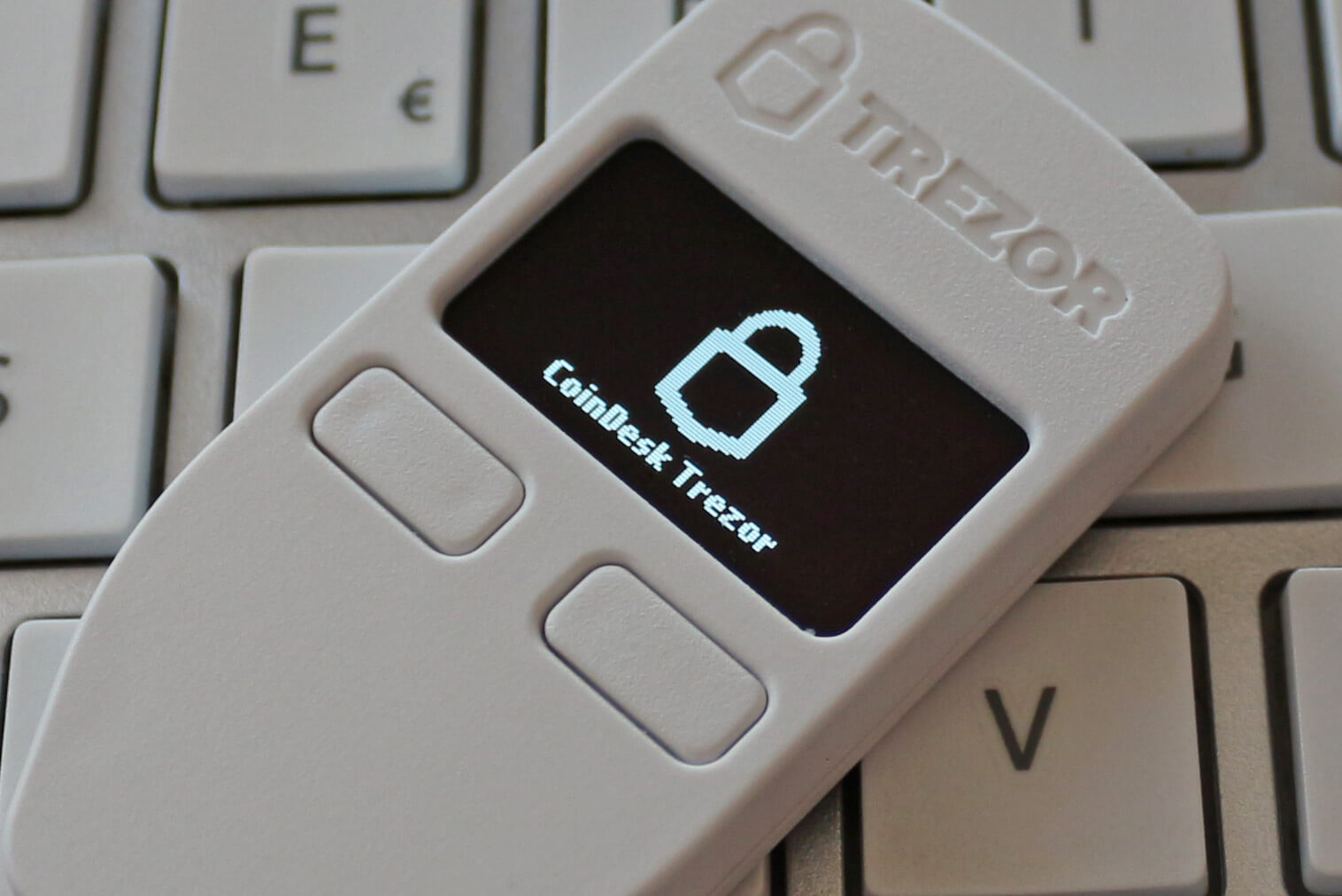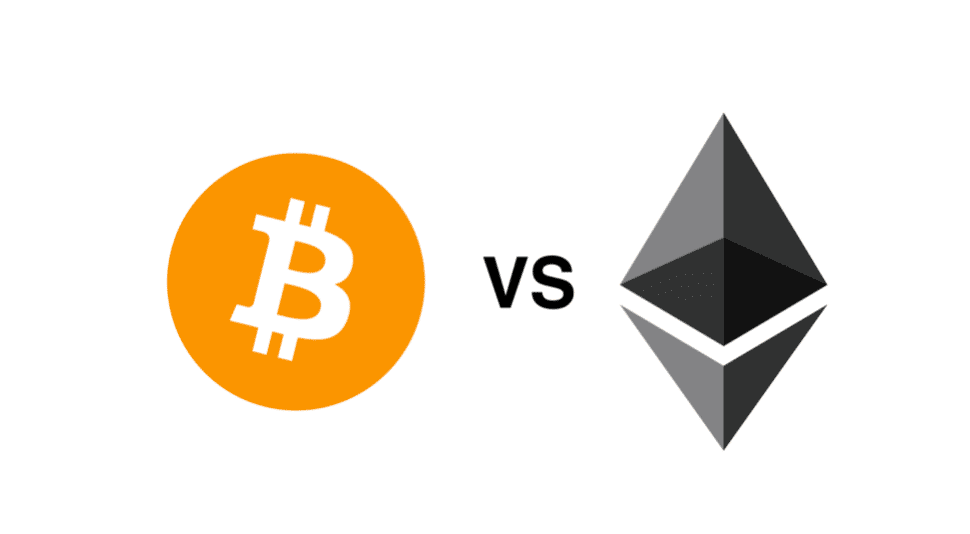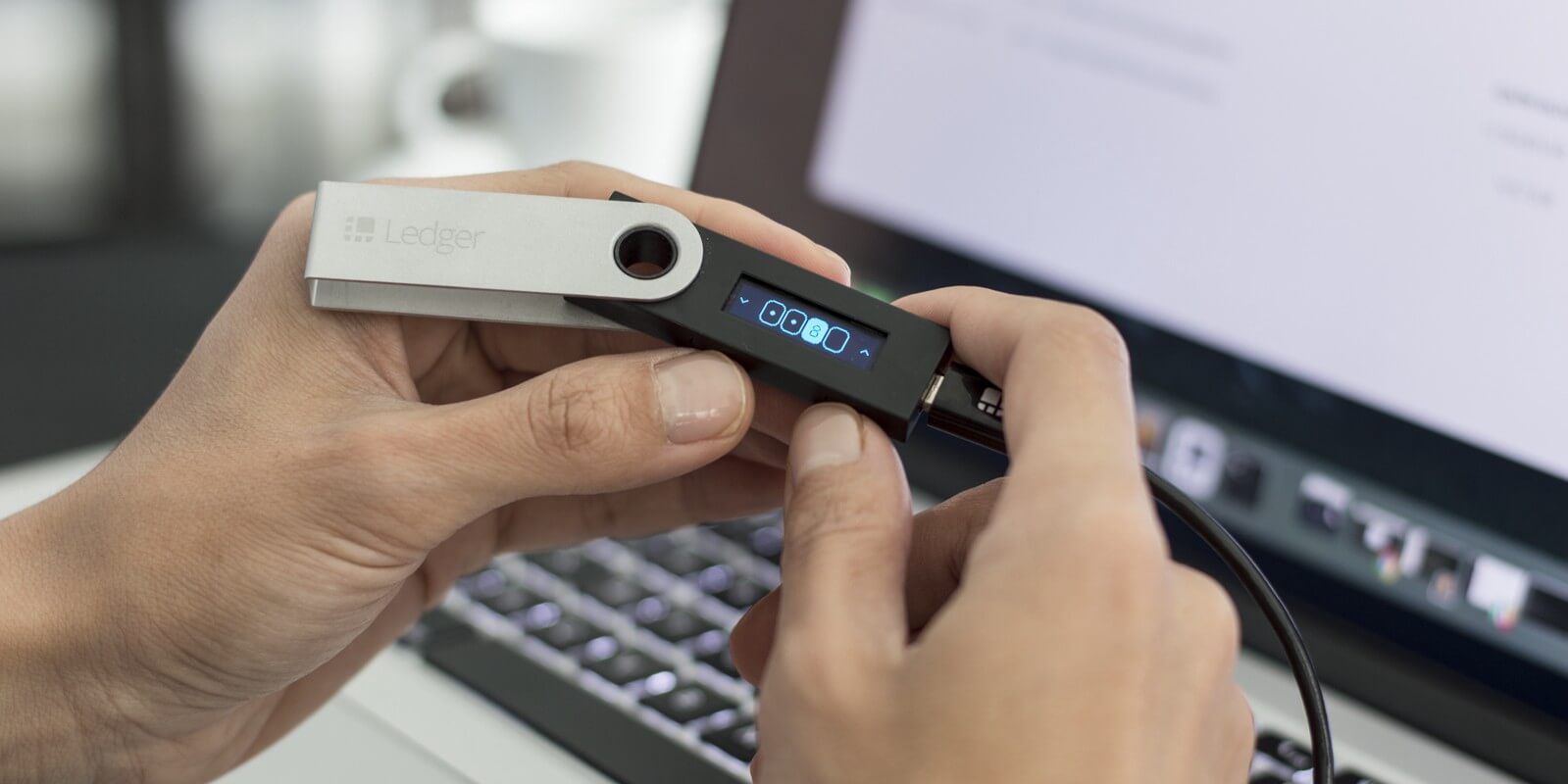Despite launching its services as recently as 2016, the Exodus Crypto wallet has gained a lot of popularity mainly because it supported multiple currencies and in-app exchange. The crypto wallet is a late entrant into the crypto space, which has mastered the common faults of the established crypto wallets and sought to improve on them. For instance, most crypto wallets that rival Exodus have paid too much attention to the security of their sites at the expense of ease of use. This software wallet seeks to address this by providing one of the easiest sites to use.
In this review, we look at these Exodus crypto wallet features and benefits in detail. We’ll also vet some crucial aspects of the crypto wallet like safety, cryptocurrencies supported, and fees.
Exodus Wallet Key features
Versatile design: One of Exodus crypto wallet’s biggest selling points is its highly versatile design. It is one of a handful of crypto wallets that allow for the full customization of the user interface, including changing theme colors. The information is also displayed in a well-thought-out, organized, and easy-to-use manner.
Mobile app available: Exodus started out as a desktop wallet but has since launched the Exodus crypto wallet app. It has all the features of the Exodus desktop wallet safe for portability.
Pairs app and Desktop apps: The software wallet ensures that you don’t have to create separate user accounts for your desktop and mobile apps. You can easily pair them and gain absolute control over your digital asset portfolio both at home or office behind your desktop and on the smartphone while on the move.
Features a built-in exchange: Most crypto wallets are stand-alone, forcing you to register with two separate entities – the exchange and wallet provider. Exodus, on the other hand, provides you with both a secure wallet and a built-in exchange featuring all the popular coins.
Compatible with popular OS: The Exodus desktop app is available for all types of operating systems. From macOS to Windows and even Linux.
Compatible with Hardware wallets: Exodus is also compatible with some of the most popular and highly secure hardware wallets like Trezor. Integrating your Exodus app with a hardware wallet not only adds an extra security layer over the wallet but also exposes you to 1000+ coins.
Features a portfolio tracker: Most wallets have fallen short of the investment and trade aspect of crypto trading. Exodus hopes to change this by providing wallet users with a portfolio-tracking tool that helps them keep track of their digital assets in real-time.
Lite wallet: Exodus is a lite crypto wallet, meaning it doesn’t download the entire blockchain to your phone or desktop. As such, it won’t drag the performance of either device.
Security features
Password protection: The Exodus crypto app is password protected. You will create the password during account creation, and you will need to provide it every time you want to log into your account or authorize a transaction.
Recovery phrase: In case you forget the password or lose your phone, you can still recover your Exodus crypto wallet account and private keys therein, if you have the recovery phrase. This is a 12-word seed provided to you during account creation.
Semi-Open sourced protocol: Exodus has also open-sourced the most crucial parts of its wallet protocol. Most of the open-sourced aspects of the wallet relate to security, but it holds onto proprietary rights for most of functionality and user interface designs.
Anonymous trading: You don’t need to complete a user profile to open an Exodus crypto wallet. Neither do you need to confirm and verify your identity before making a transaction. The fact that Exodus will only support crypto-to-crypto exchanges leaves much room for anonymous trading.
Biometric Touch and Face ID authentication: Exodus crypto wallet is one of the few web-based crypto wallets that have a biometric security system. You can use the Face ID as well as Touch ID to access your wallet.
Currencies supported
Exodus crypto wallet currently supports up to 102 cryptocurrencies. Among them, the most popular coins and tokens like Bitcoin, Bitcoin Cash, Litecoin, Dash, Ethereum, Ethereum Classic, Ripple, Tether USD, True USD, and more. Integrating it with popular hardware wallets like Trezor or Ledger Nano also boosts the number of currencies you can access.
The wallet company is continually updating its list of supported tokens. Their full and updated list of supported currencies is accessible from their FAQ section, under ‘Assets’ and ‘Supported Assets and Links.
Exodus Wallet cost and other fees
You will not be charged a fee to download, install, and interact with the Exodus crypto wallet. You will nonetheless be charged a small transaction fee when you send coins from the Exodus wallet to another or transact within the Exodus built-in exchange. The transaction fee for both cases varies depending on the transaction amounts.
Setting up the Exodus Wallet:
How to install Exodus Wallet:
Step 1: Download the Exodus desktop app on the Exodus website. The smartphone app is available at the Android and iOS app stores.
Step 2: Install the app, during which you will be required to set up the crypto wallet password.
Step 3: After verifying the password, Exodus will provide you with a 12-word recovery seed phrase. Copy the seed phrase or write it down and store it in a safe place offline
Step 4: Though not advisable, you can also choose to use your email as the backup for your exodus wallet.
Step 5: Proceed to the app customization part where you get to change such factors as the app themes or the base currency for your portfolio.
Step 6: You are now set to start receiving and sending coins and tokens.
Sending and receiving coins:
To receive funds into your Exodus Wallet:
Step 1: Log in to your wallet
Step 2: Click on the receive icon, and the app will display all the available wallets
Step 3: Click on the wallet of the cryptocoins you wish to get the wallet address and QR code that you can send the sender.
To send payments from your Exodus Wallet:
Step 1: Log in to your Exodus crypto wallet
Step 2: Click the wallet icon on the left side of the desktop app screen.
Step 3: Scroll down to find the coin/token you would like to send and hit the ‘Send’ icon
Step 4: Enter the recipient’s address and the amount you wish to send and hit send.
Step 5: On the confirmation window that appears, check if the wallet address and amount are correct and send
Exodus Wallet hardware wallet pros and cons:
Pros:
- It has multiple security features, including an email and offline backup for your wallet.
- It’s a highly versatile wallet that’s compatible with multiple desktop and smartphone operating systems.
- The desktop/mobile app integration makes it easy to access your portfolio while on the move.
- The app is highly customizable and easy to use and thus beginner-friendly
- Its compatibility with hardware wallets gives it a security boost.
Cons:
- One may consider their transaction fees to be relatively high.
- The wallet doesn’t support the more secure two-factor authentication feature.
- Doesn’t support crypto-to-fiat transactions
Exodus Wallet compared to competitors
In comparing Exodus to both hardware wallets like Trezor or Ledger Nano and online crypto wallets eToro and Coinbase, there are clear differences. The hardware wallets beat Exodus wallet hands-down when it comes to keeping your private keys secure. For instance, unlike Exodus, which only has limited security features and no two-factor authentication, hardware wallets have multiple security layers like keeping your keys offline under passcode. Their devices also have buttons that must be long-pressed to authorize transactions.
The web-based crypto wallet is not any different from most online and exchange-backed crypto wallets like eToro. They serve the same purpose and have pretty similar features. But in addition to making it possible to store private keys offline or copying them on a piece of paper, Exodus has gone a step further and introduced the face and Touch ID features.
Customer support:
Exodus crypto wallet maintains a responsive customer support service that’s available over via the live chat option on the company website. Similarly, wallet users can access help on the site’s FAQ page or by contacting the support team via different social media platforms.
Verdict: Does Exodus Wallet live to its reputation?
Exodus cryptocurrency wallet is a newcomer, and much of this project is still a work in progress. The wallet has already hit impressive milestones in consistent security upgrades and the incorporation of newly supported currencies. Moving forward, one can only expect the wallet to increase the number of its security features and measures taken to keep the wallet contents safe. It is our opinion that Exodus cryptocurrency wallet is appropriate for use by beginners and active traders looking for an online wallet that’s supportive of fast transaction processing.

